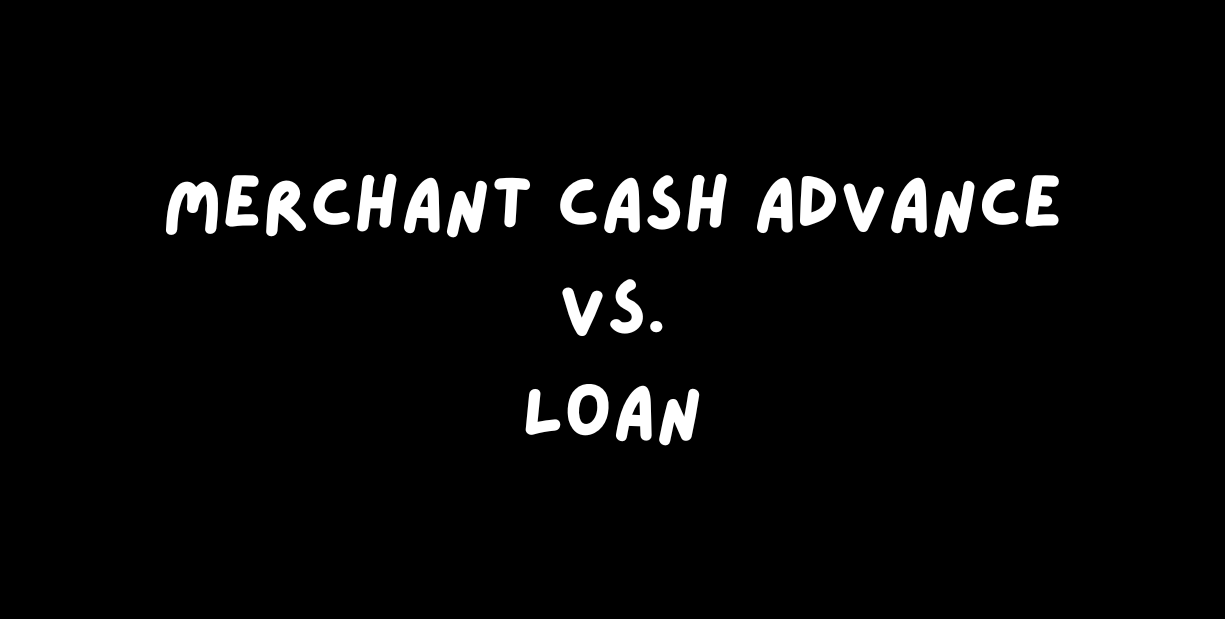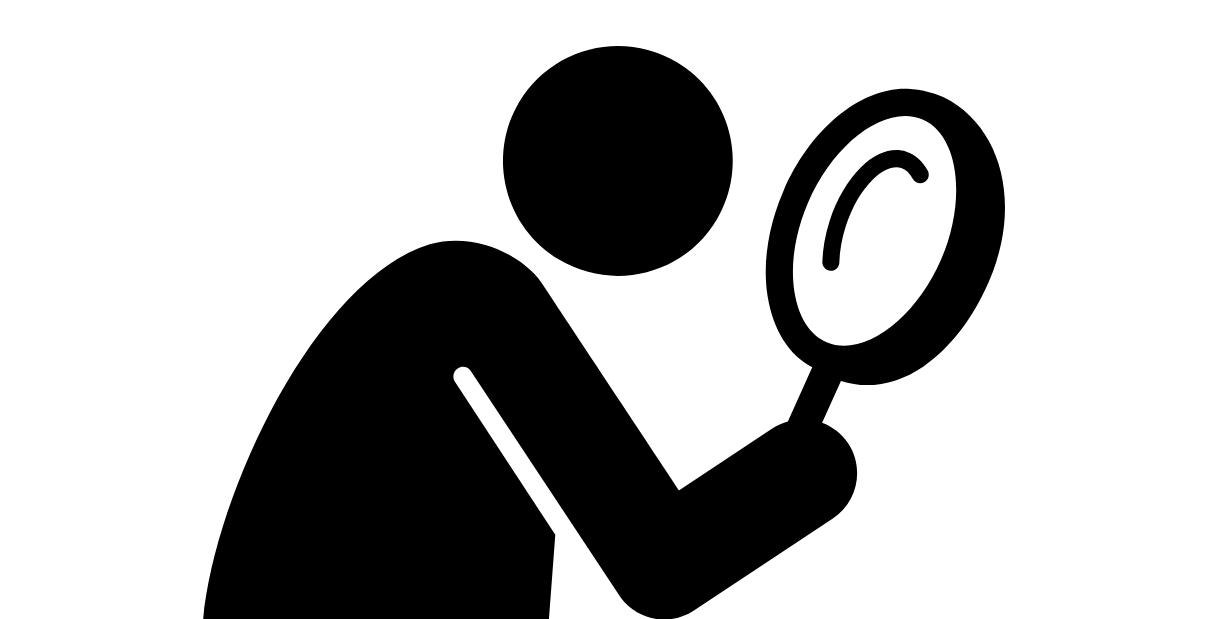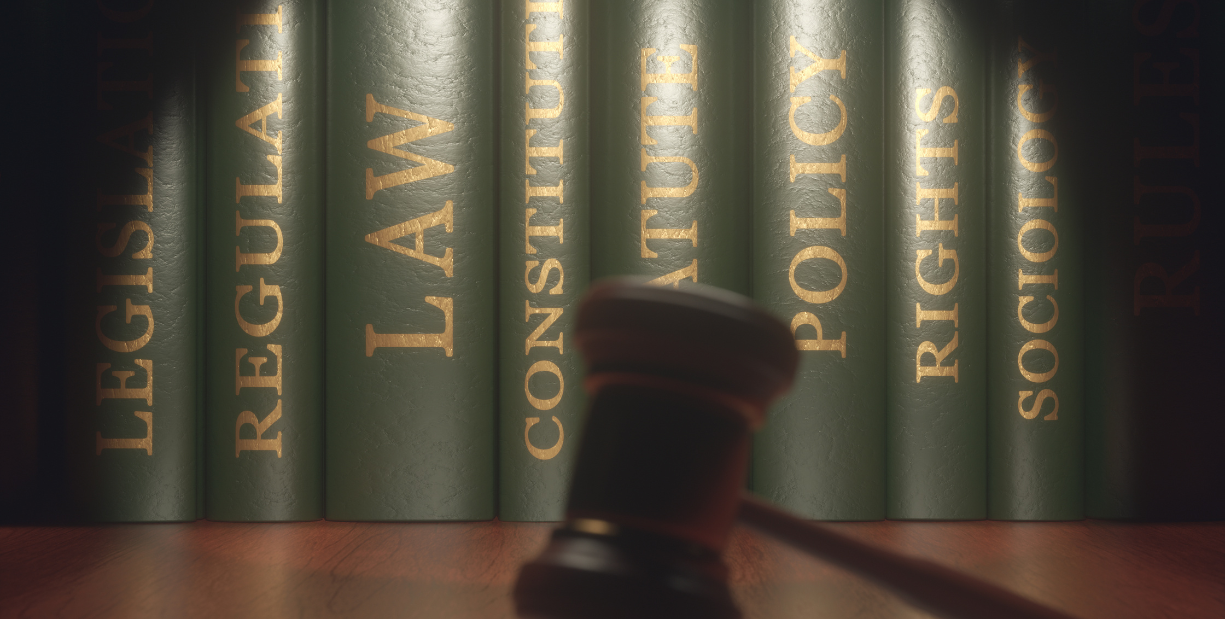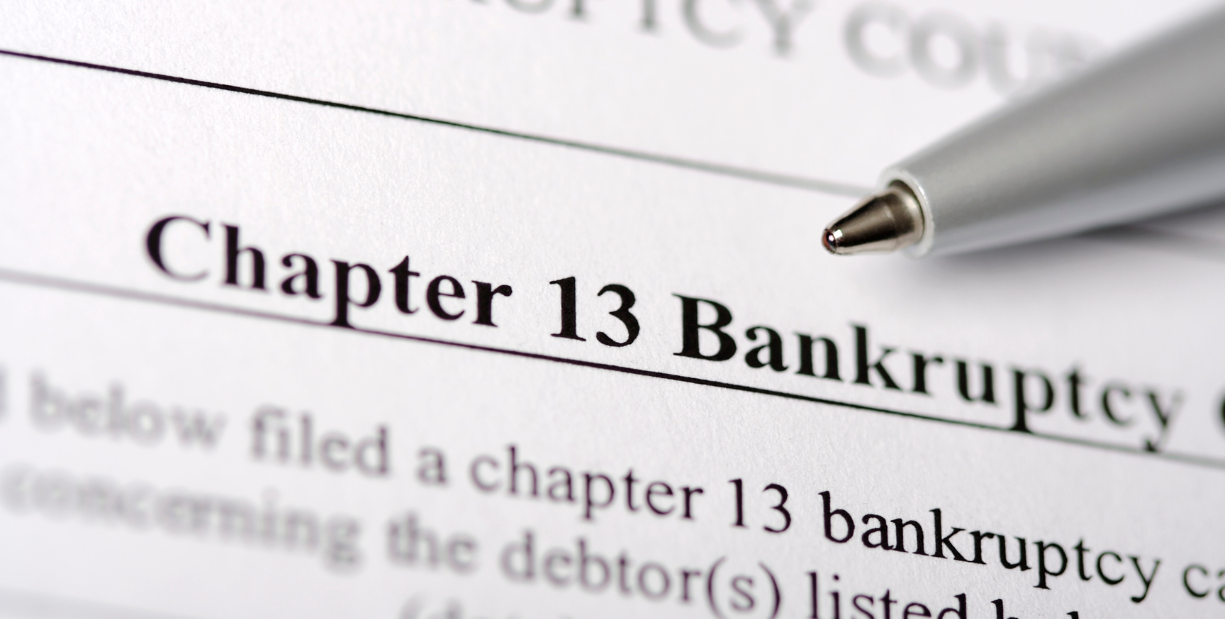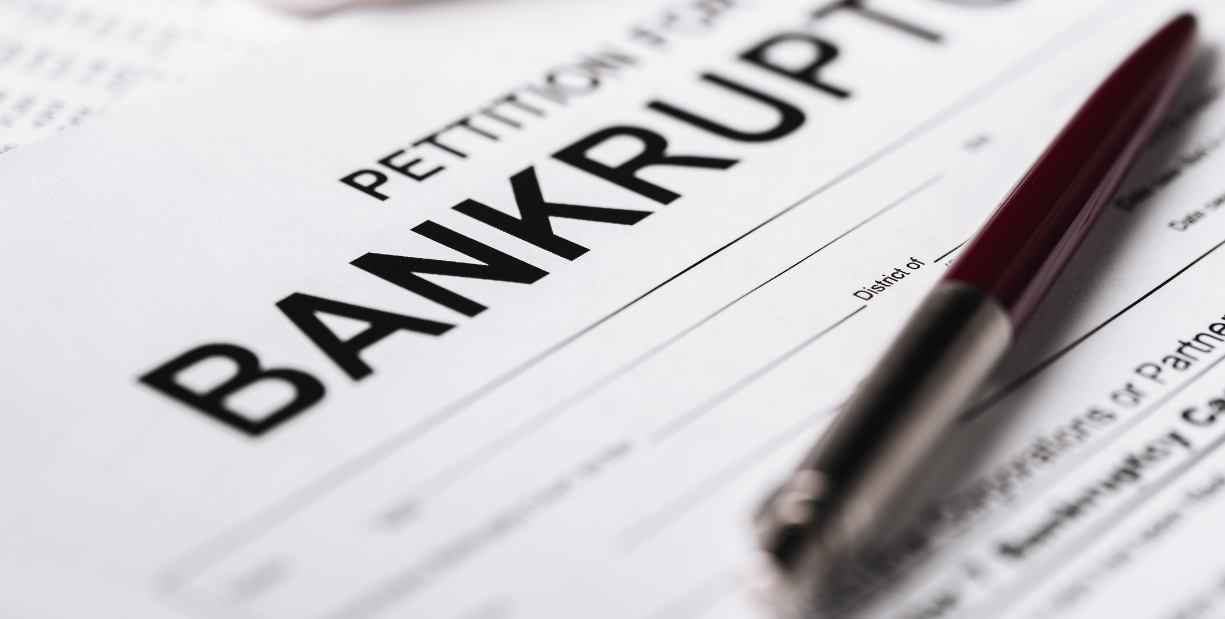How to File for Chapter 13 Bankruptcy: A Step-by-Step Guide to Debt Relief
How to File for Chapter 13 Bankruptcy

At J. Singer Law Group, we specialize in guiding individuals through the Chapter 13 process. In this article, we’ll explain what Chapter 13 bankruptcy is, who qualifies, and how to file step by step.
What is Chapter 13 Bankruptcy?
Understanding Chapter 13 Bankruptcy
Chapter 13 bankruptcy allows individuals with regular income to create a repayment plan to pay off debts over three to five years. Unlike Chapter 7, which may involve liquidating assets, Chapter 13 enables you to retain property while making structured payments.Benefits of Filing for Chapter 13
- Stop Foreclosure: Catch up on missed mortgage payments and prevent losing your home.
- Debt Consolidation: Combine debts into one manageable monthly payment.
- Protect Assets: Keep your home, car, and other essential property.
- Discharge Certain Debts: Remaining eligible debts may be discharged after completing the repayment plan.
Who Can File for Chapter 13 Bankruptcy?
Eligibility Requirements
To file for Chapter 13 bankruptcy , you must meet specific criteria:Income Requirements You must have a regular source of income, such as wages, Social Security, or pension benefits, to fund the repayment plan. Your income determines the plan’s length and payment amounts.
Debt Limits As of 2024, your total secured debts must be less than $1,596,875, and unsecured debts must be less than $478,975.
Common Reasons for Filing
- Avoiding Foreclosure: Include past-due mortgage payments in your plan to catch up and save your home.
- Managing Multiple Debts: Simplify payments by consolidating debts into one plan.
- Preventing Repossession: Protect vehicles or other essential property from repossession.


